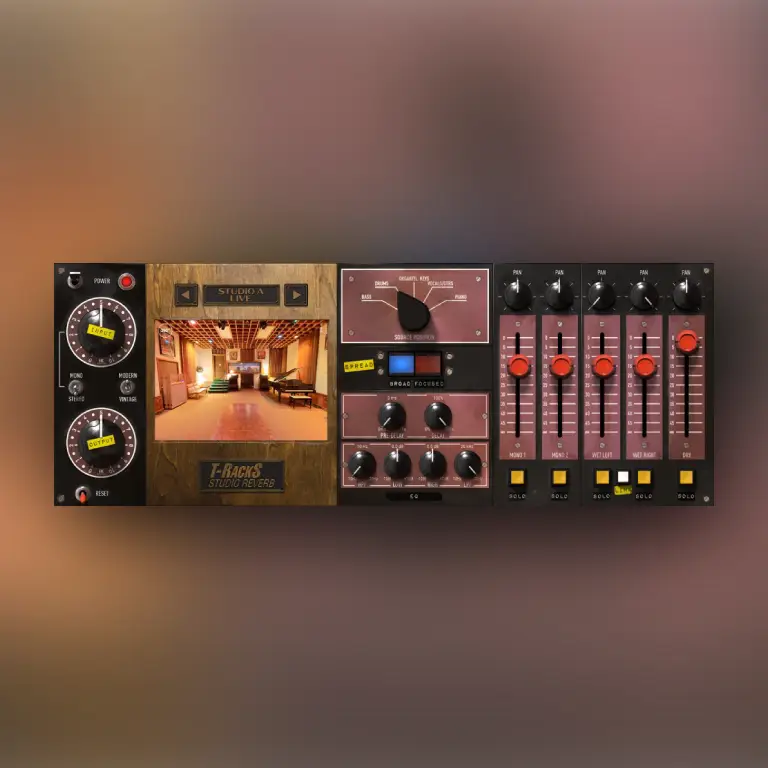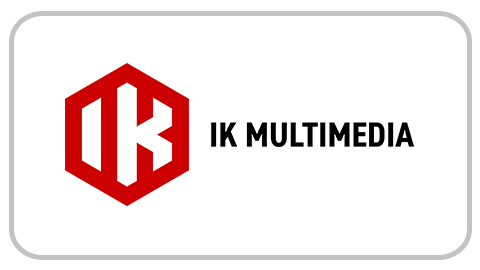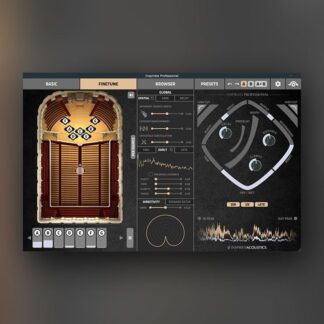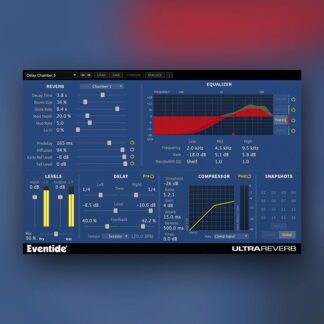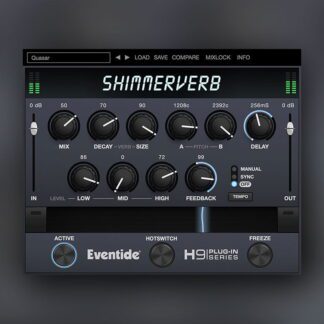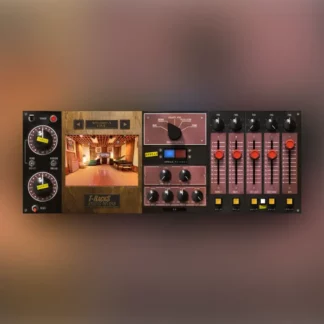IK Multimedia’s Fame Studio Reverb emulates the sound of the legendary FAME studio in Muscle Shoals, Alabama. It can be called up either as a single plug‑in or from within IK’s T‑RackS 5 shell, and it serves up eight different spaces (two live rooms, five isolation booths plus an echo chamber) as well as an EMT plate reverb.
To create this plug‑in, IK helped FAME’s Rodney Hall restore the disused echo chamber back to its 1960s condition, and kit it out with its original equipment. They also worked with the studio’s engineers to capture the mic placement used on their most iconic albums, along with the location of the performer within the space. Thus, once you select the type of source to process (the options change according to the space you’ve selected) the microphones and sources are positioned automatically at the appropriate positions within the room or booth. If the plate reverb is selected, the instrument type dial turns into a decay time control.
IK helped FAME’s Rodney Hall restore the disused echo chamber back to its 1960s condition, and kit out with its original equipment.
As well as exploiting FAME’s extensive vintage mic locker, IK put their classic mixing consoles to good use. Studio A is equipped with a Neve 8232 console, while Studio B houses the restored SSL 6056 E which was used on Stevie Ray Vaughan’s best‑known albums, and both virtual studios can instead make use of FAME’s Universal Audio hand‑built 610 console — the mixer that was used in the first few decades of the studio’s 60‑plus years. The 610 is accessed in this plug‑in using the Vintage input option.
The GUI is suitably retro‑looking, and includes an inset 360‑degree image of the selected studio. You can rotate, so as to view it from all angles, and on selecting a different space the image changes accordingly. On the left is the input section, with large knobs for setting the input and output levels. These are joined by a Mono/Stereo input toggle switch and the aforementioned Modern/Vintage switch for choosing the console.
In the centre of the GUI, a four‑position rotary switch sets the Source Position, with labels suggesting the sort of application each setting might best suit. Moving down this section, there’s a pair of buttons to set the Spread amount to Broad or Focused — the manual recommends using Focused for single‑source sounds and Broad for wider sources such as drum kits. Below these are Pre‑Delay and Decay time knobs for the reverb, and a four‑band EQ. The latter offers broad control, with four gain knobs for a pair of high‑ and low‑pass filters (10Hz and 20kHz) plus a pair of low‑ and high‑shelf filters (200Hz and 5kHz).
To the right, a mixer section offers a level fader, pan pot and solo button for each of: the two mono room mics, and the Wet Left, Wet Right and Dry signals. The mono mics (one ribbon and one capacitor) are blanked out for the Plate and Booth selections. A Link button allows the left wet and dry channels to be moved together. And at the top, four different setups can be saved and recalled using the A, B, C and D buttons.
The T‑RackS environment in which you can host this plug‑in offers a dedicated metering plug‑in covering Peak, RMS and Loudness metering with lots of user customisation options, plus a phase meter and a real‑time spectrum analyser. For that reason, other than a variable‑brightness, multicolour lamp below the input control knob there’s no dedicated metering built into the Fame Studio Reverb plug‑in.
Sonically, the EMT plate reverb sounds warm and dense, which is just as it should be. The echo chamber has a wonderfully lively feel to it with a choice of dynamic or capacitor microphones set up as a spaced stereo pair. By contrast, both booths impart a coloration and ambience to the sound, endowing it with a sense of dimension without adding any obvious reverb tail.
The two Studios are also more of an ambience effect than a long reverb, and they differ in character considerably. Studio B delivers a more weighty sound, particularly at the low end, but in both cases you can increase the sense of roominess by dropping the Wet fader levels and bringing up the room mic faders. These two rooms are great for guitar and drums, as they add a definite sense of place and space to the sound without washing it out in unwanted reverb. In most cases I got the best subjective results for electric guitar when adding relatively little dry sound, while for drums I found that mixing more of the dry sound with the room mics and then adding just a touch from the wet faders did the job.
Depending on the sound you’re aiming for, the booths can also be impressive in those applications. The two booths add their own unique coloration, with less emphasis on the low end than either room. Juggling the balance of the mics with the dry sound is the key to getting a good result from these, whatever source you’re running into them.

